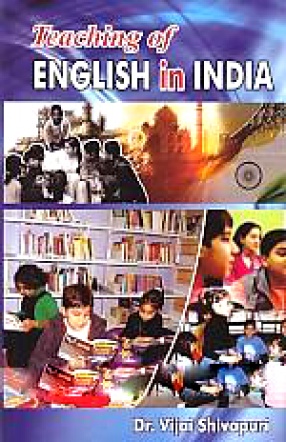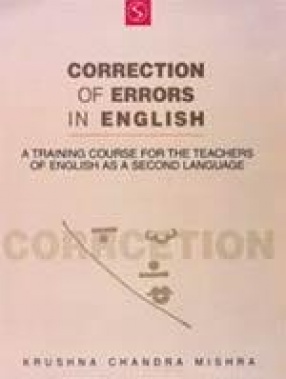Valmiki, the poet and author of Valmiki Ramayana, was generally not concerned with what was grammatically correct. He mostly used irregularities more often. To present here the same is the main aim of this study that is mainly based o the text and the critical apparatus of the Critical Edition of the Valmiki Ramayana, The National Epic of India, G.H. Bhatt et. Al. The terms “irregularities†“irregular forms†and similar ones in this study denote what is listed as irregular. This study is concentrated on irregular samdhi metrical irregularities, metrical lengthening and shortening of vowels, irregularities in the conjugation of verbs (transference of conjugation and irregular voice included); irregularities in the declension of nouns (irregular stems and gender included); some miscellaneous items have also been added. This study does ot aim at reconstructing the archetype of the original text; however, it is assumed that it is possible to make statements along methodical lines on some features of the archetype and the original text of the poet. This study aims at proving that the archetype did contain only a few irregularities and that the text of the poet contained even less irregularities than the inferred state in the archetype would lead use to believe. In the Appendix, it is set forth that a stylistic rule is operating in the slokas of Valmiki. The requirement of transmission and non-transmission of particular features at the same place is another keystone in this study.
Historical Survey of Ancient Indian Grammars (Sanskrit, Pali and Prakrit)
In Western tradition, ...
$16.20
$18.00




There are no reviews yet.